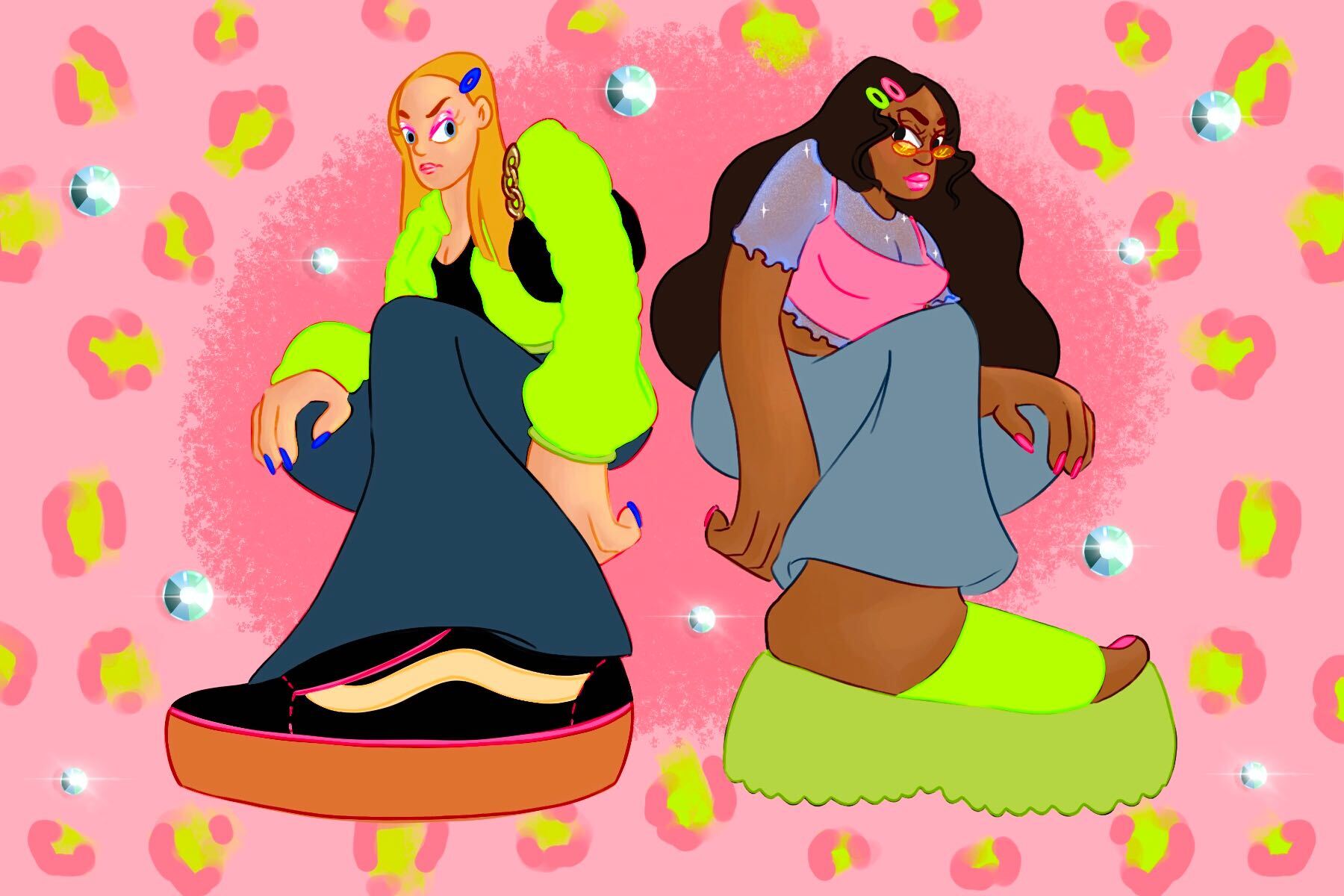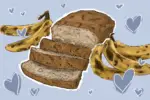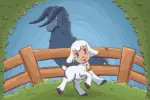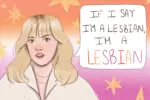At the turn of the 21st century, a gallon of gas cost $1.26, and Britney Spears and Christina Aguilera were America’s pop star queens. The generation growing up in the wake of 9/11, despite being welcomed into the world by tragedy, maintained optimism. Marked by the enticing, futuristic glam of technology, the early 2000s was a distinctive era.
Myspace’s reign as the No. 1 social media site from 2005 to 2008 dictated much of the aesthetics and music that were popular at the time. Bratz and Barbie dolls heavily influenced beauty trends, as bright colors, glitter and metallic hues dominated the fashion scene. Paris Hilton was a goddess among mere mortals, and many sought to emulate her style and attitude. The age of the internet brought about men and women donning alien-like, femme-bot costume pieces to make a statement. Low-rise jeans were the only acceptable form of denim, and brand names such as Juicy Couture, Apple Bottoms and Baby Phat were all the rage. Flip phones were a hot commodity, and teens often decorated them with rhinestones, stickers and other pink accessories.
Music during the 2000s was primarily pop and some rap, with Eminem, Nelly and Kanye West making waves and Madonna, Mariah Carey and Cher experiencing career surges in the early half of the decade. The sound was bubbly, bouncy and plastic. Music videos were full of cyborg motifs and shiny sparkles, paralleling the fashion world. Turning on MTV meant hearing Outkast’s “Hey Ya” at least once. The lyrics of the era were all about having fun and being cool. Melodies created to get stuck in people’s heads abounded. Shawn Fanning invented Napster, and for the first time, people could download songs from the internet for free. The increasing accessibility of technology meant that music trends were more streamlined, and having an iPod was the ultimate status symbol.
There is no doubt that the Y2K era was something special. It marked a turning point as technology boomed, and people celebrated through the decade’s aesthetics. But as time passed, the characteristics of the 2000s began to fade. The sterilized and refined trends of the 2010s replaced the manic sparkles of the past. Juicy Couture gave way to Hollister and Abercrombie & Fitch, and flip phones gave way to iPhones. The Hello Kitty and other Sanrio character decals that used to decorate notebooks, backpacks and jackets began to disappear. However, 20 years later, the Y2K era’s aesthetics and sounds are making a fierce comeback.
Although MySpace is no longer popular, new social media platforms now act as channels where trends originate and grow. One especially popular platform is TikTok, a site where predominantly Generation Z users can post videos up to 60 seconds long. The subjects and themes of these videos range from comedy to streams of thought to fashion inspiration. One very commonly seen type of video is generally composed of short clips and photos, usually edited with filters to create a specific color scheme, which are intended to convey a “vibe.” Essentially, they are aesthetic vision boards in video format, and they are often thick with early-2000s colors, motifs and textures.
But TikTok is not the only venue where 2000s influence is noticeable. Observing street fashion reveals that low-waisted jeans, butterfly tops and miniskirts are all becoming more and more common. Searching “Y2K” on Tumblr yields thousands of results showing bedazzled phone cases, hot pink cropped tees and other cutesy outfits and accessories, with new entries added daily.
Furthermore, a new genre of music called hyperpop seeks to sonically capture the Y2K aesthetic, and it is growing in popularity at an exponential rate. First popularized by London-based record label and art collective PC Music, hyperpop projects a futuristic, glitzy, chrome-and-bubblegum sound. The songs are rife with autotune and the music videos appear to be pulled straight out of 2005. Although controversial in the broader global music scene, teens and young adults love hyperpop in America.
It may seem odd that the current coveted “vintage” aesthetic is actually from only a decade prior. But when considered in the context of recent current events, the Y2K comeback makes perfect sense. In a world with increasing racial violence and a pandemic, it is unsurprising that young people are seeking childhood comforts. For many young people, the early 2000s seem to be the “good old days.”
Furthermore, the youth who embrace the trends of the 2000s seem to be, to some degree, part of a subculture. Often, in the caption or comments of TikTok videos portraying Y2K aesthetics, people praise the world of “alt TikTok.” This community of young people rejects sterilized norms and minimalism in favor of the excess and indulgence of the early 2000s.
Part of what drives the political engagement and ferocious activism that characterizes Generation Z is a stubborn refusal to conform. By reviving Y2K trends, the young people of America are saying, “These are our roots; this is who we are.” It is a declaration of identity and resilience. While the act of wearing low-waisted jeans and listening to Ayesha Erotica is definitely cute and retro, it is also a defiance of norms and an ode to simpler times.

















